Heel pain – ouch! It can really hurt and affect your lifestyle.
During the early stages of this condition, stiffness in the foot might be your first clue. It may have started with a sensation like a stone bruise under the heel of your foot.
Heel pain doesn’t limit itself to active women (termed an “overuse syndrome;”) even women busy at the computer with limited walking activity can experience this. It’s not limited to petite or non-petite body types, either; both are affected.
Why?
There are many variables contributing to the onset of this condition. But there is a common thread between women (and even men) - it will often progress to the point where you even feel pain with those first steps out of bed in the morning.
This is because as soft tissue tears, the body attempts to heal itself at any time there is no weight on the foot, such as when you are sleeping.
What Causes It?
Heel pain is usually due to micro tears of the soft tissue of a sheath medically termed the plantar fascia. Fascia is similar to a ligament, and it's found all over the body, but the plantar fascia has a very important function as it supports the arch of foot, therefore it has a specific name for when there’s a problem: plantar fasciitis.
Sometimes life happens; tight calf muscles, pregnancy, weight gain, a rapid surge in physical activity or unsupportive shoes cause over-pronation, this is when the foot rolls inwards when you walk, collapsing the arches and damaging the plantar fascia. The result is a misalignment of the leg, and the first place it’s felt is the bottom of the foot!
The pain can actually begin in the center of the arch, like a strain, and expand to the base of your toes where the fascia ends. It should be diagnosed by a physician because pain extending to the ends of your toes can also be due to more serious conditions such as a herniated disc in the spine, nerve damage, or even diabetes.
How Can You Alleviate It?
If the pain has only been present a few days or a couple weeks, you may only need to buy a good shoe for Plantar Fasciitis. Supportive shoes with a rocker bottom or slanted sole, such as the Therafit running shoes or supportive sandals, can ease the tension on the plantar fascia and aid in healing. Notice the arch support built into the shoe to help support the injured fascia and reduce strain. This arch support reinforces the healing process that occurred during rest or sleeping.
Remember, when one muscle group is tight, there is an effect on the mechanics of the rest of the foot (and even in the knees, hips and back). Many healthcare practitioners often recommend arch support to help lift and reduce strain on the injured tissues to promote healing; even compression sleeves can be beneficial. Therafit has designed an insert that specifically targets heel pain!
The Therafit shoe has a stable heel and solid sole that limits unnecessary stretching of these tissues, and promotes the realignment of the foot and better balance. In some cases, removing the comfort adapter inserts may provide extra cushion. In other cases, you may need to place them back into your shoes to limit motion of the foot.
It is important to stay with the same shoe a few days to determine if it has features that aid your foot in healing. If after three to ten days, you aren’t finding relief in a particular shoe, you may want to try a different style.
You might find it helpful to put your support shoes on before stepping out of bed in the morning, allowing the Therafit shoe to “splint” the foot. You should also consider wearing a water-resistant Therafit sandal while showering.
You might also find it helpful to try a few home remedies that help many people tame some of the symptoms of Plantar Fasciitis.
Should You Consider a Brace?
If your feet contract too much during rest or you have tight heel cords (a common cause of heel pain), you may need to use a device that holds your foot and leg in a special position to help stretch out the fascia and heel cords while you sleep. These are termed a night splint or an equinus brace.
In our Ask A Doc series, Dr. DeHeer states: “There are many styles of night splints on the market – requiring that they be worn while sleeping. However, night splints are only as good as the position in which the heel cords are maintained in a properly stretched position; the knee must remain extending straight out. With the best-designed night splints, it is only necessary to wear them about thirty minutes per day for a six-week or longer period of time.”
Should You See a Doctor?
However, if heel pain persists, you should seek the advice of a foot and ankle specialist to prevent scar tissue from forming and to verify the cause of the symptom. Your health is important to Therafit, so we encourage you to consult your health care professional for a treatment plan that fits your busy lifestyle and restores you to an active, rewarding, empowering lifestyle.


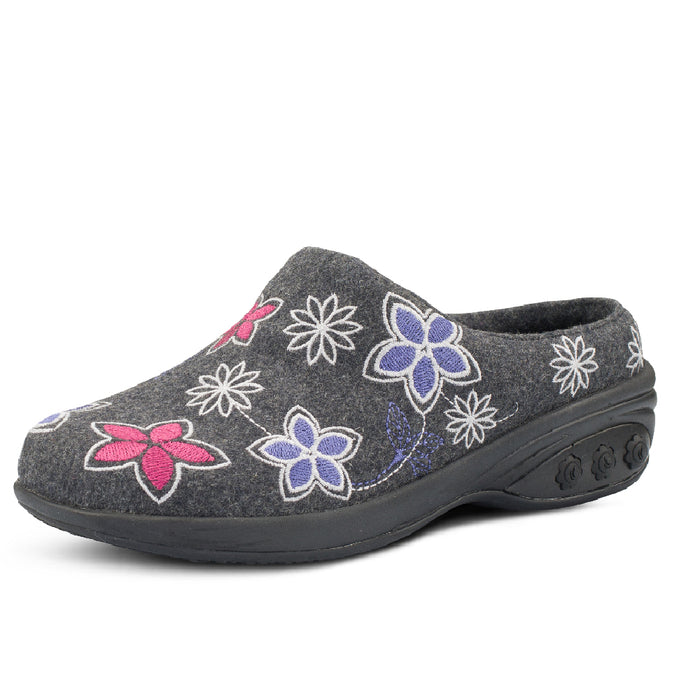
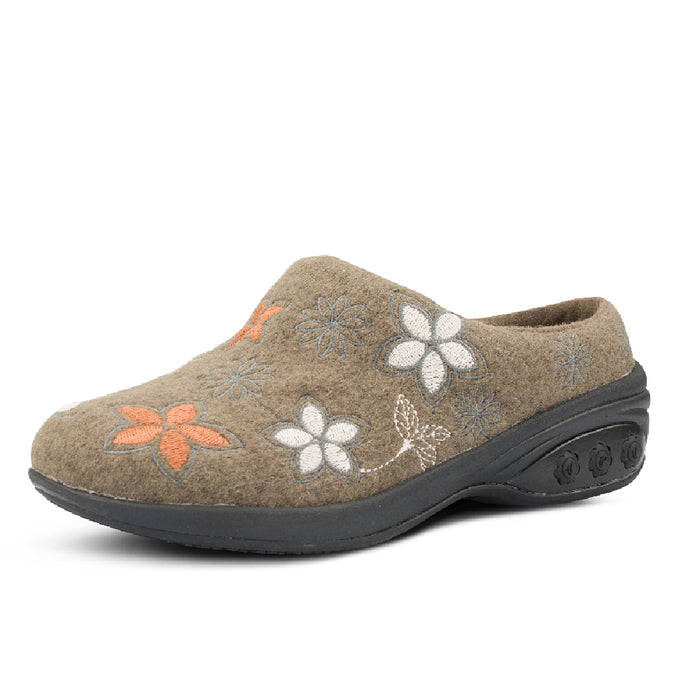
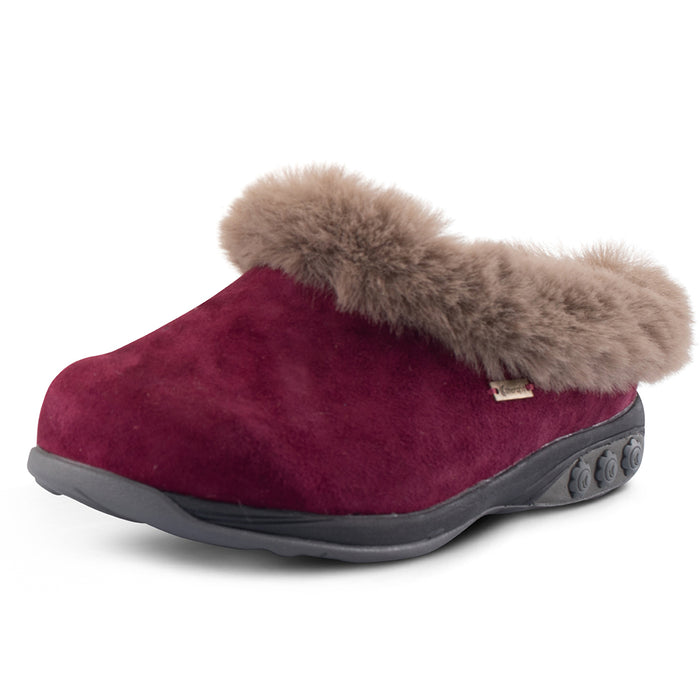
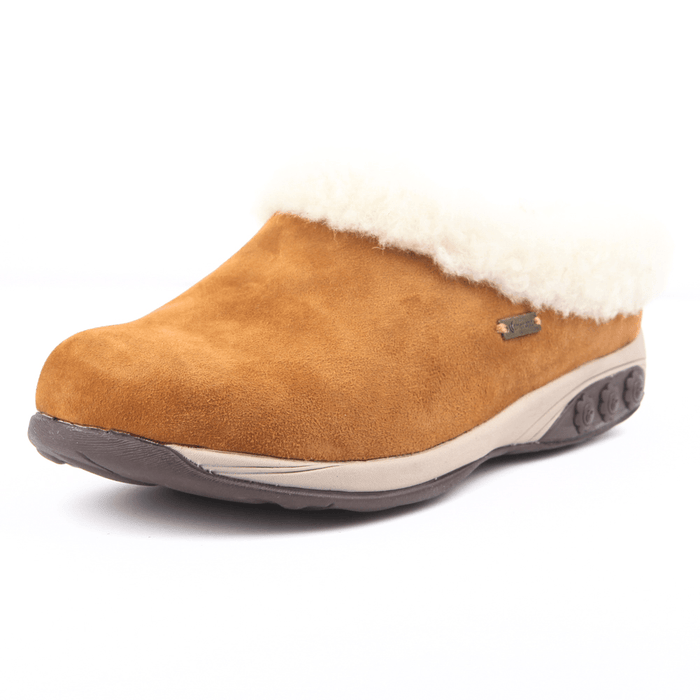
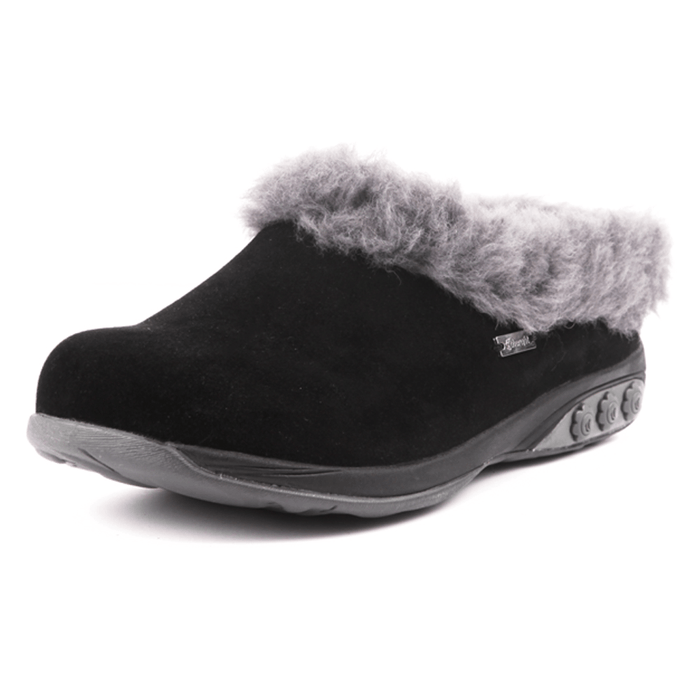
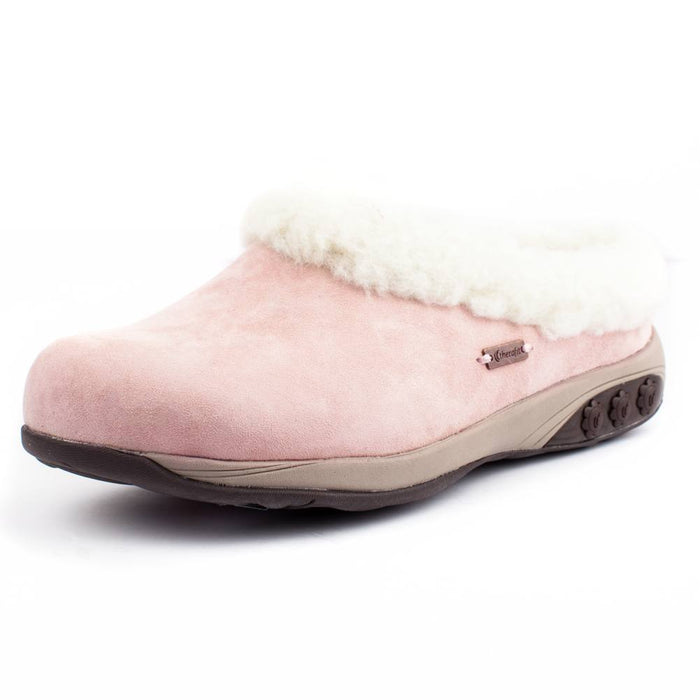
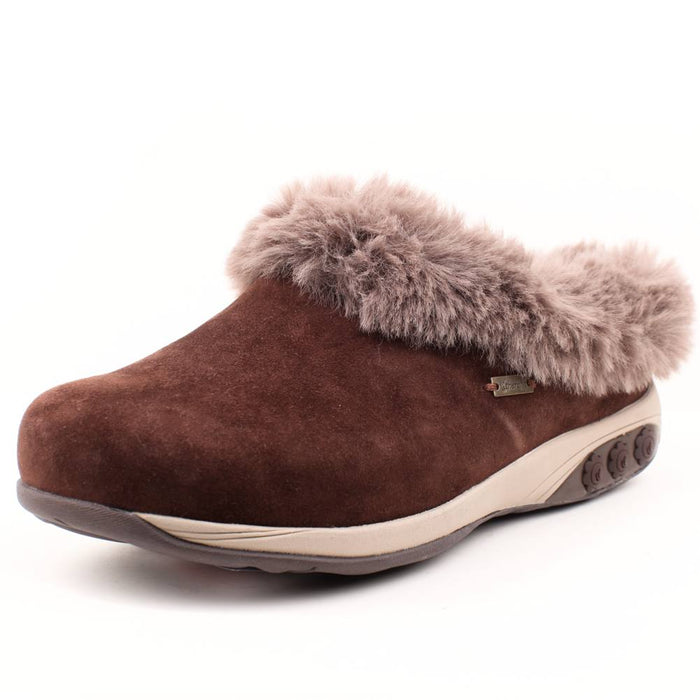
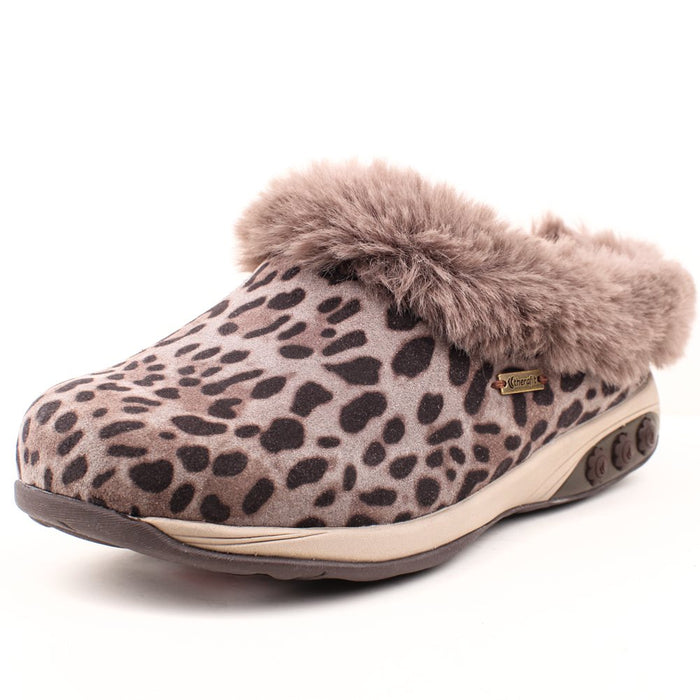
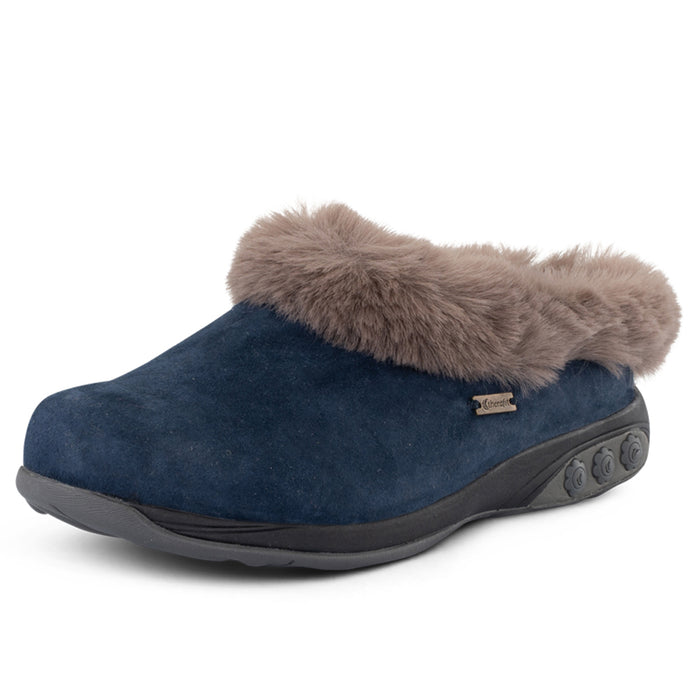
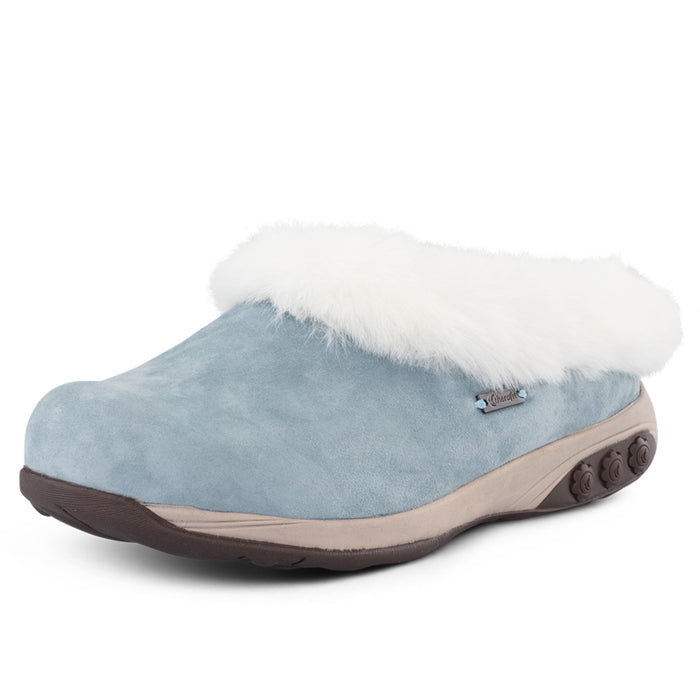
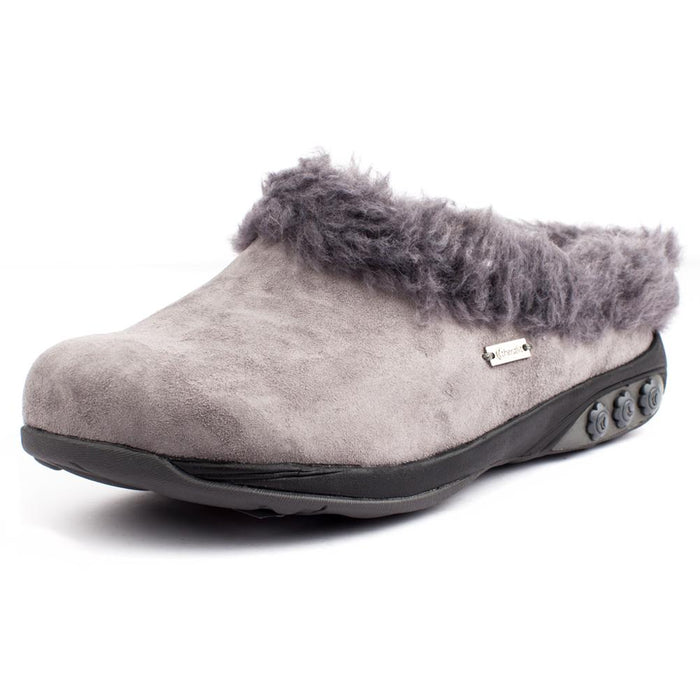
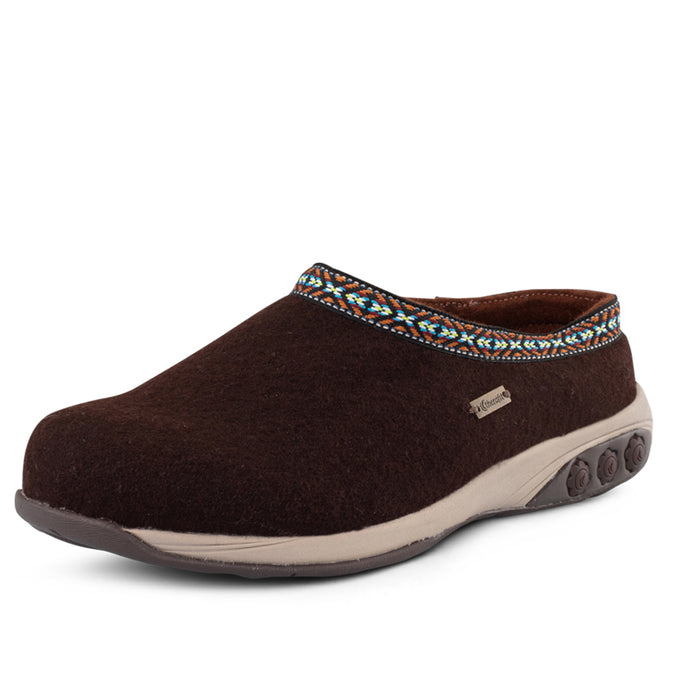
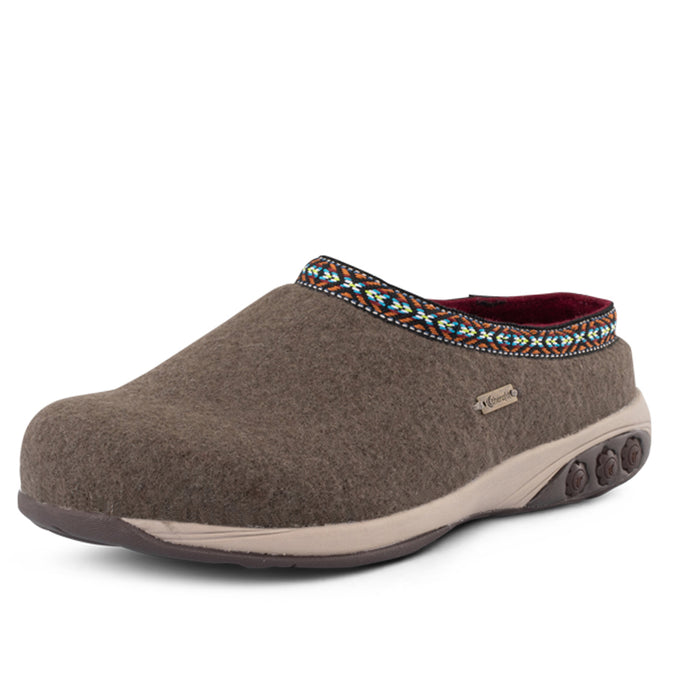
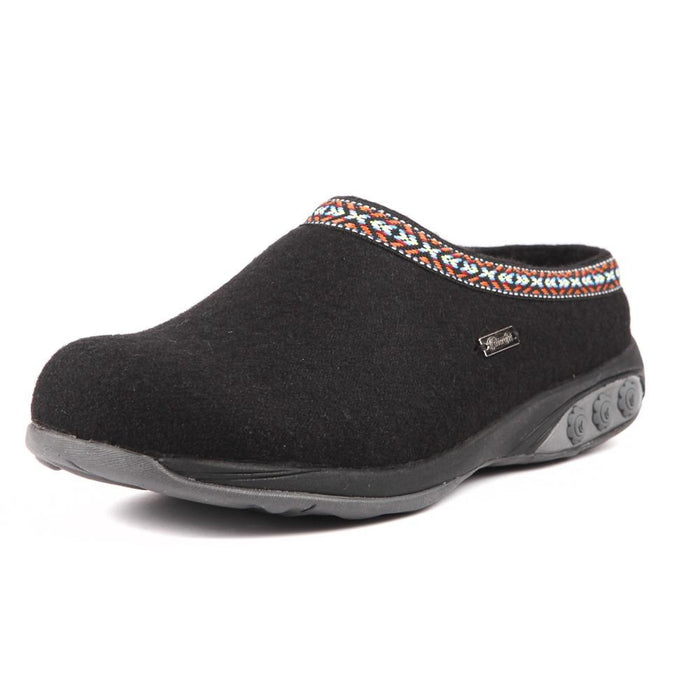
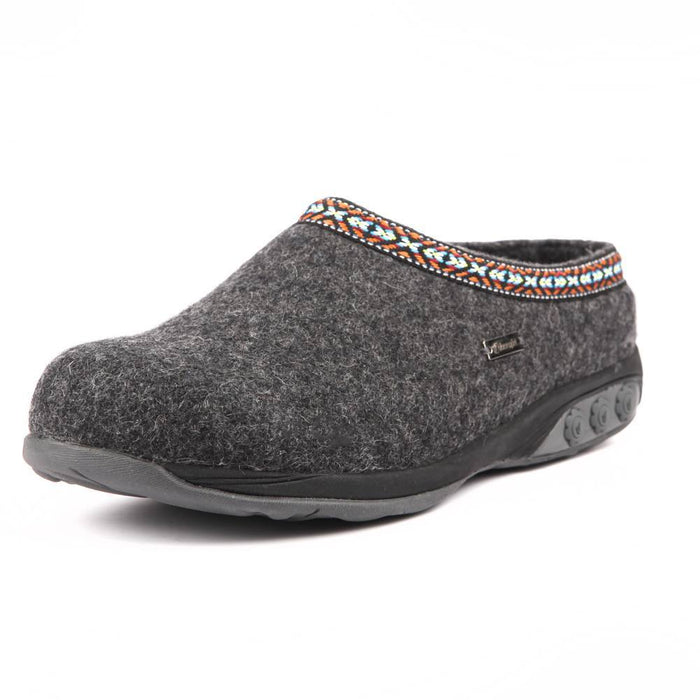
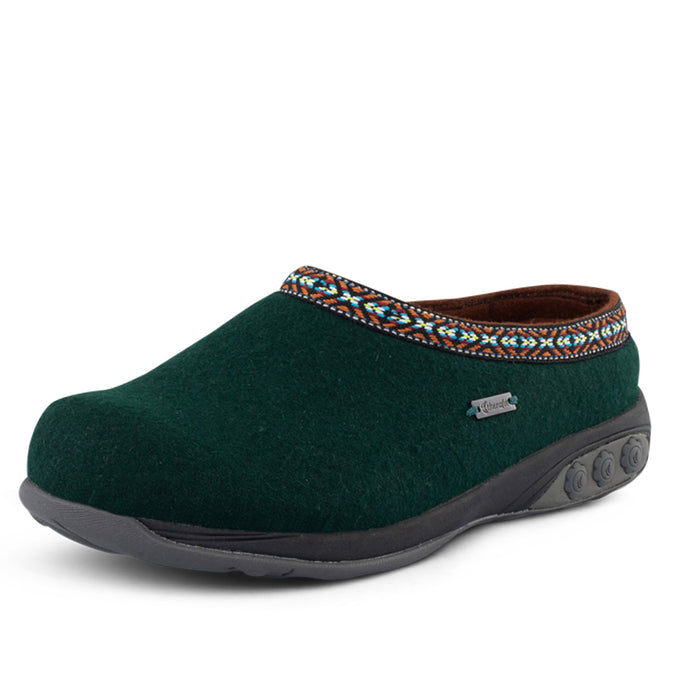
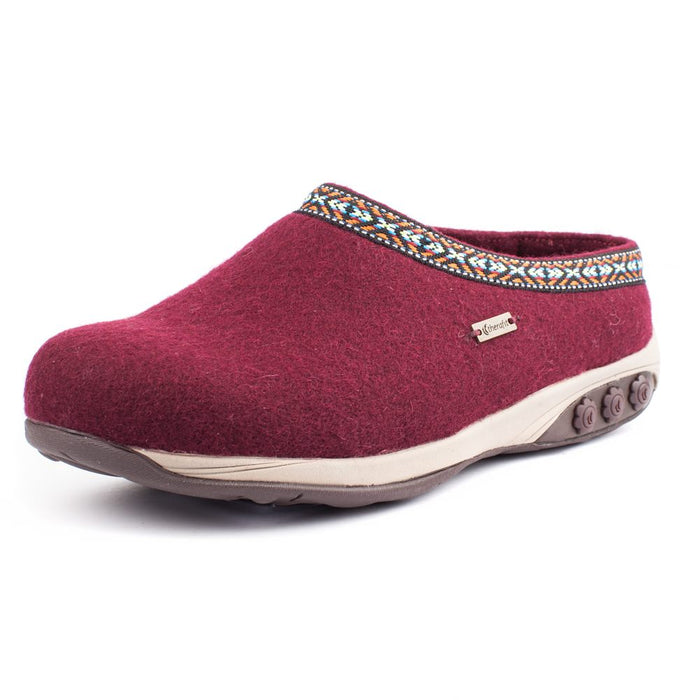
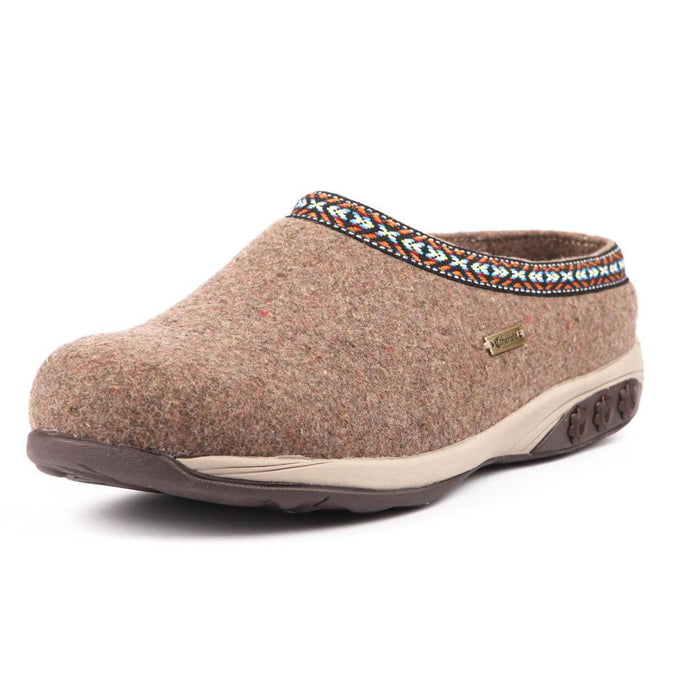
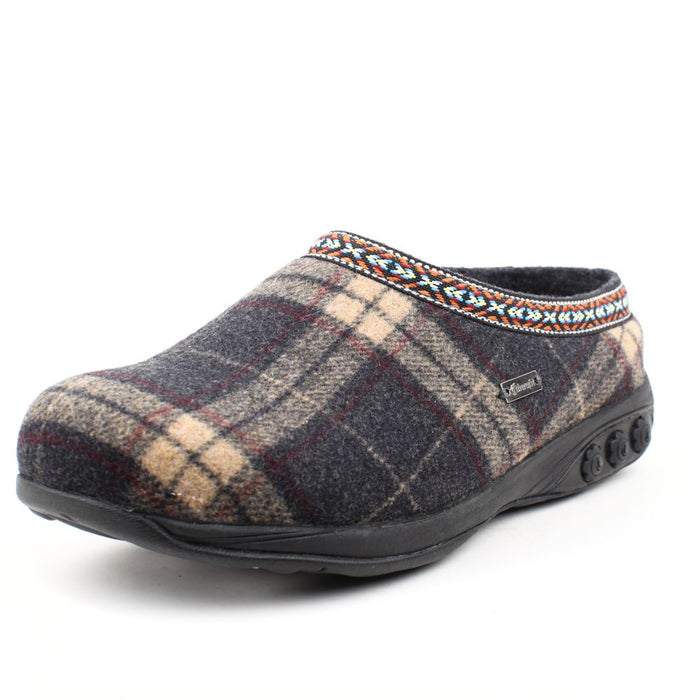
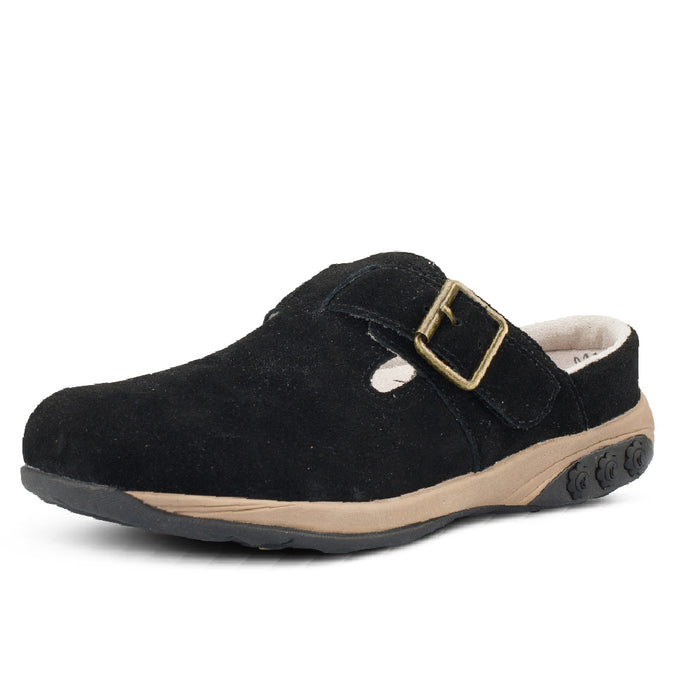
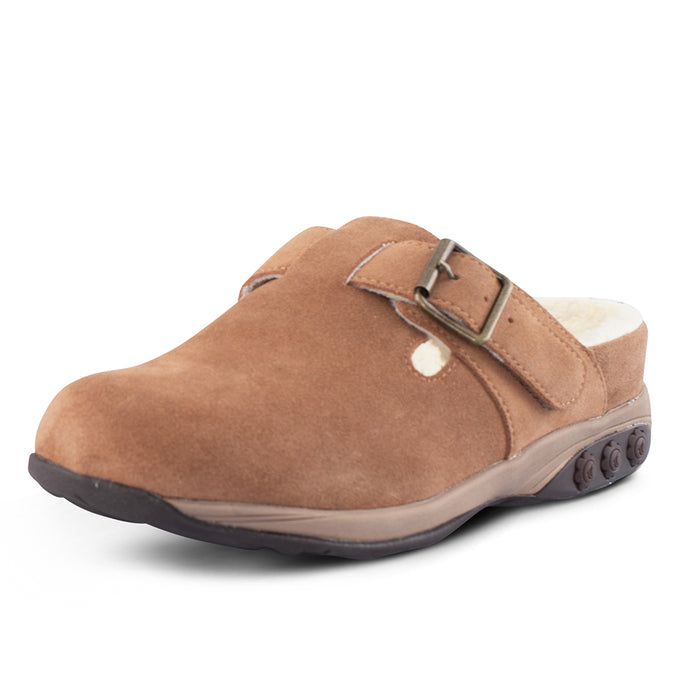
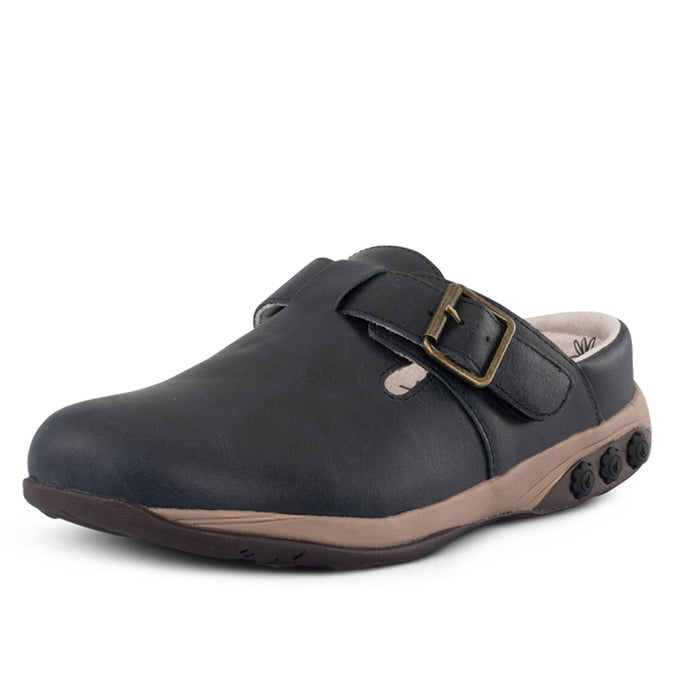
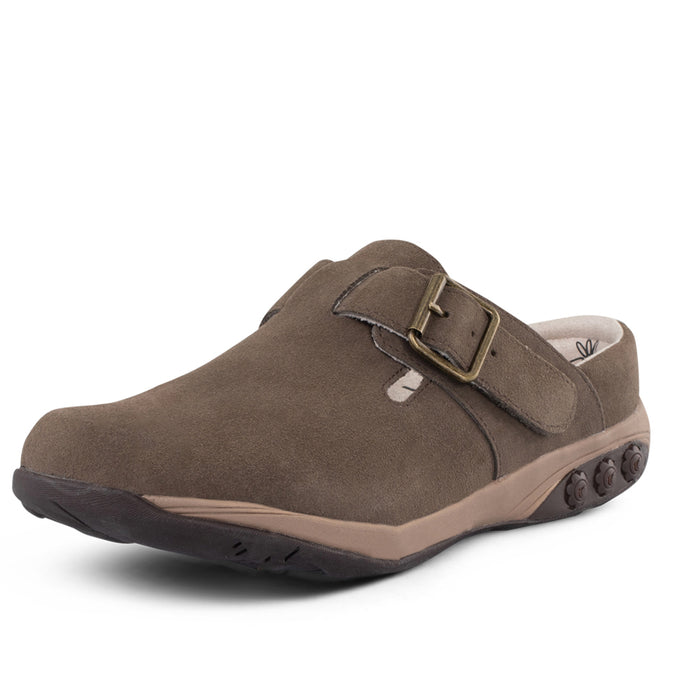
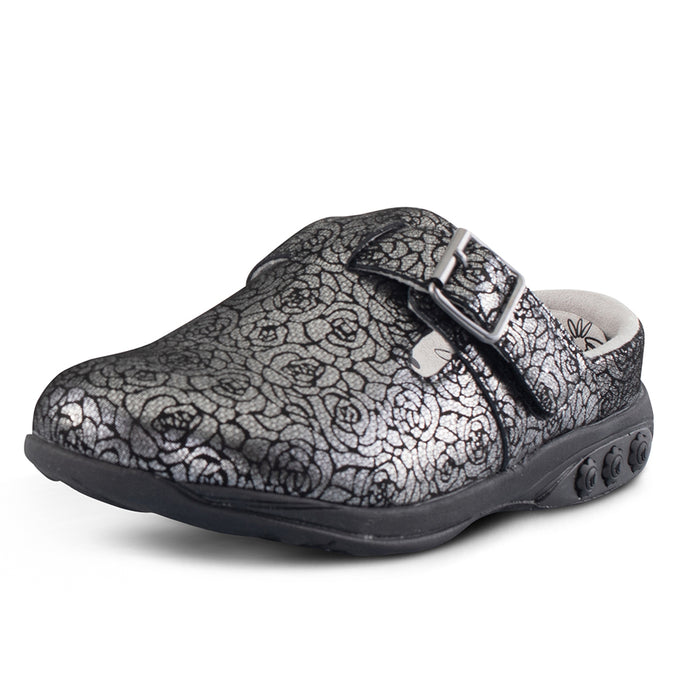
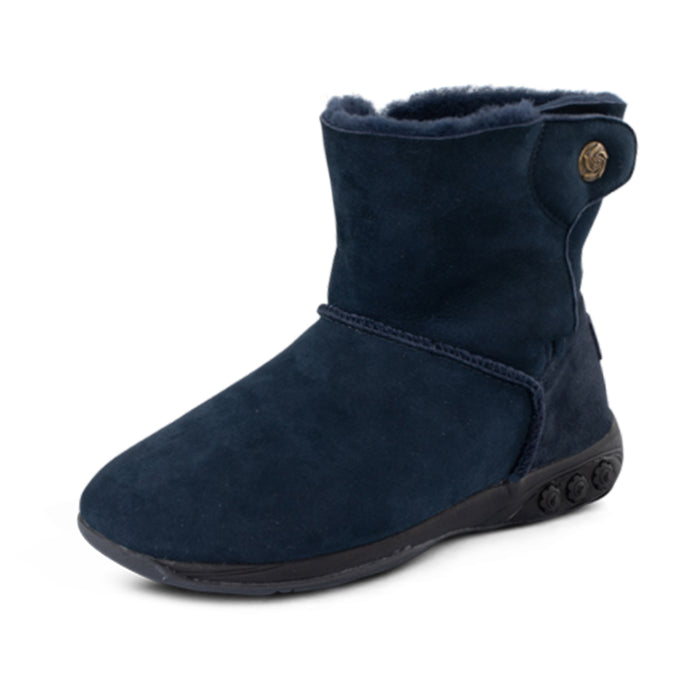
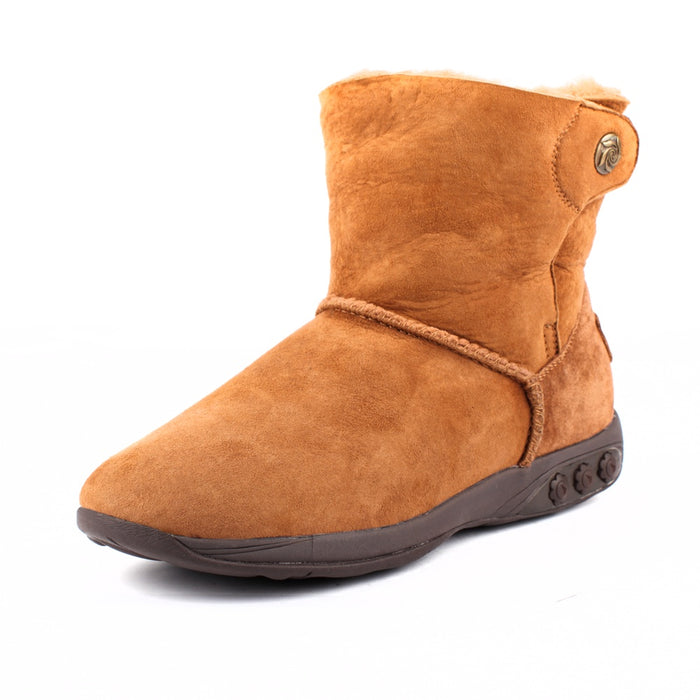
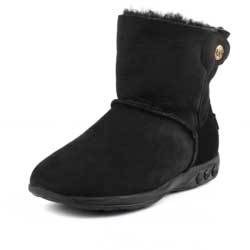
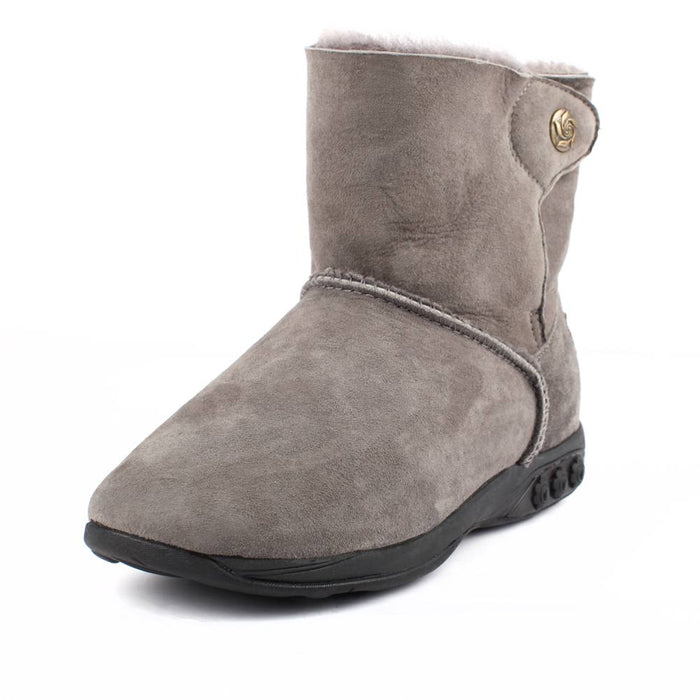
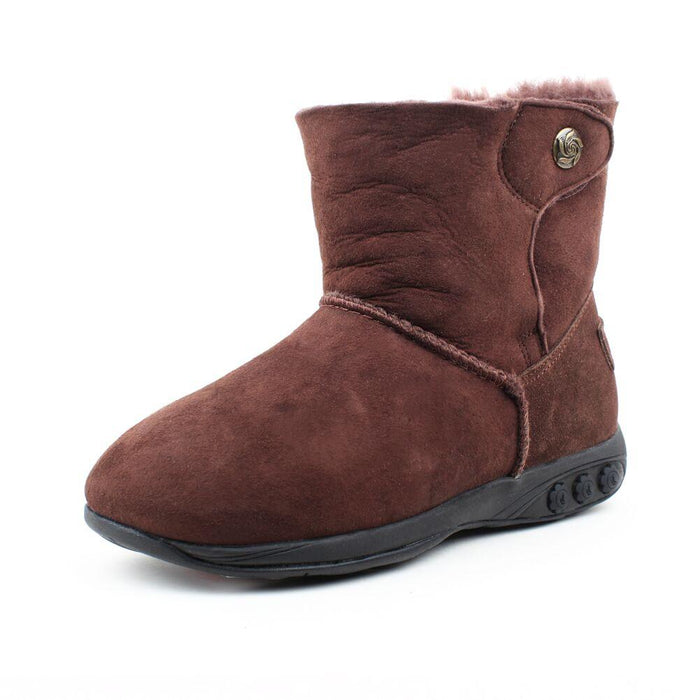
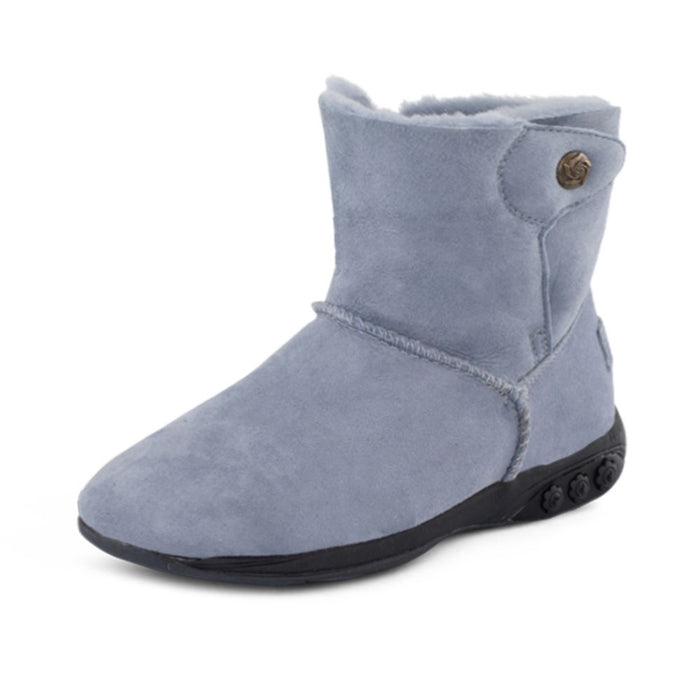
1 comment
Leave a commentwell explained about the causes of heel pain and when to consult a doctor with heel pain